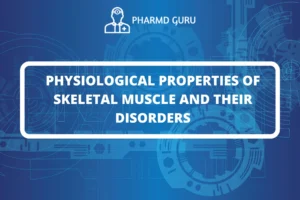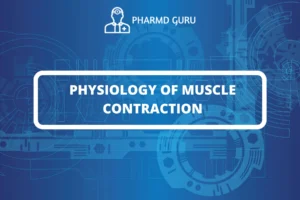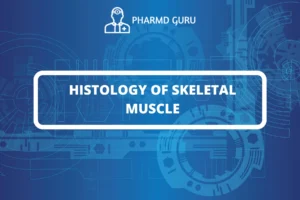The midbrain, also known as the mesencephalon, is a small but vital part of the brainstem located between the diencephalon (comprising the thalamus and hypothalamus) and the hindbrain (including the pons and medulla oblongata). Despite its size, the midbrain plays a crucial role in several essential functions, including sensory and motor processing, regulation of consciousness, and coordination of certain involuntary reflexes.
SCROLL DOWN TO THE BOTTOM OF THE PAGE FOR ACTUAL NOTES
Anatomy of the Midbrain
The midbrain is divided into two main parts: the tectum and the tegmentum.
- Tectum: The tectum is the dorsal part of the midbrain and consists of four rounded structures known as colliculi (superior and inferior colliculi). The superior colliculi are involved in visual processing and play a role in coordinating eye movements, while the inferior colliculi are responsible for auditory processing and relay auditory information to higher brain centers.
- Tegmentum: The tegmentum lies beneath the tectum and is the ventral part of the midbrain. It contains various important structures, including the red nucleus, substantia nigra, and periaqueductal gray (PAG). The red nucleus is involved in motor coordination, particularly in controlling arm movements. The substantia nigra is critical for producing the neurotransmitter dopamine and is involved in motor control and reward-related behaviors. The periaqueductal gray is associated with pain perception and modulation.
Physiology of the Midbrain
The midbrain serves as a relay station for sensory and motor information traveling between the cerebrum and the spinal cord. It plays a key role in maintaining arousal, alertness, and consciousness through its connections with other brain regions, such as the thalamus and hypothalamus.
The superior colliculi are essential for visual processing and orientation. They receive input from the eyes and relay visual information to other brain regions, helping us process visual stimuli and respond appropriately to our surroundings.
The inferior colliculi are crucial for auditory processing. They receive auditory input from the ears and relay this information to the auditory cortex in the temporal lobe, where sound perception and recognition occur.
The substantia nigra, with its dopamine-producing neurons, is involved in the regulation of voluntary movement. The loss of dopamine-producing cells in the substantia nigra is associated with Parkinson’s disease, a neurodegenerative disorder characterized by motor impairments.
Additionally, the periaqueductal gray plays a vital role in the modulation of pain perception and the generation of defensive behaviors, such as the fight-or-flight response.
Midbrain Reflexes
The midbrain is responsible for several important reflexes that help protect the body and coordinate responses to stimuli. One well-known example is the pupillary light reflex, where changes in light intensity cause the pupils of the eyes to constrict or dilate. This reflex is essential for maintaining appropriate levels of light entering the eyes.
Another crucial midbrain reflex is the oculomotor reflex, which controls eye movements. When we turn our heads, the oculomotor reflex helps to adjust our gaze to keep objects in focus.
Conclusion
The midbrain, located in the brainstem, is a critical region involved in sensory and motor processing, as well as the regulation of arousal and consciousness. Its various structures, such as the colliculi and substantia nigra, play key roles in visual and auditory processing, motor coordination, and reflexes. Understanding the anatomy and physiology of the midbrain is essential for comprehending how this relatively small brain region contributes to complex brain functions and behaviors.
ACTUAL NOTES




